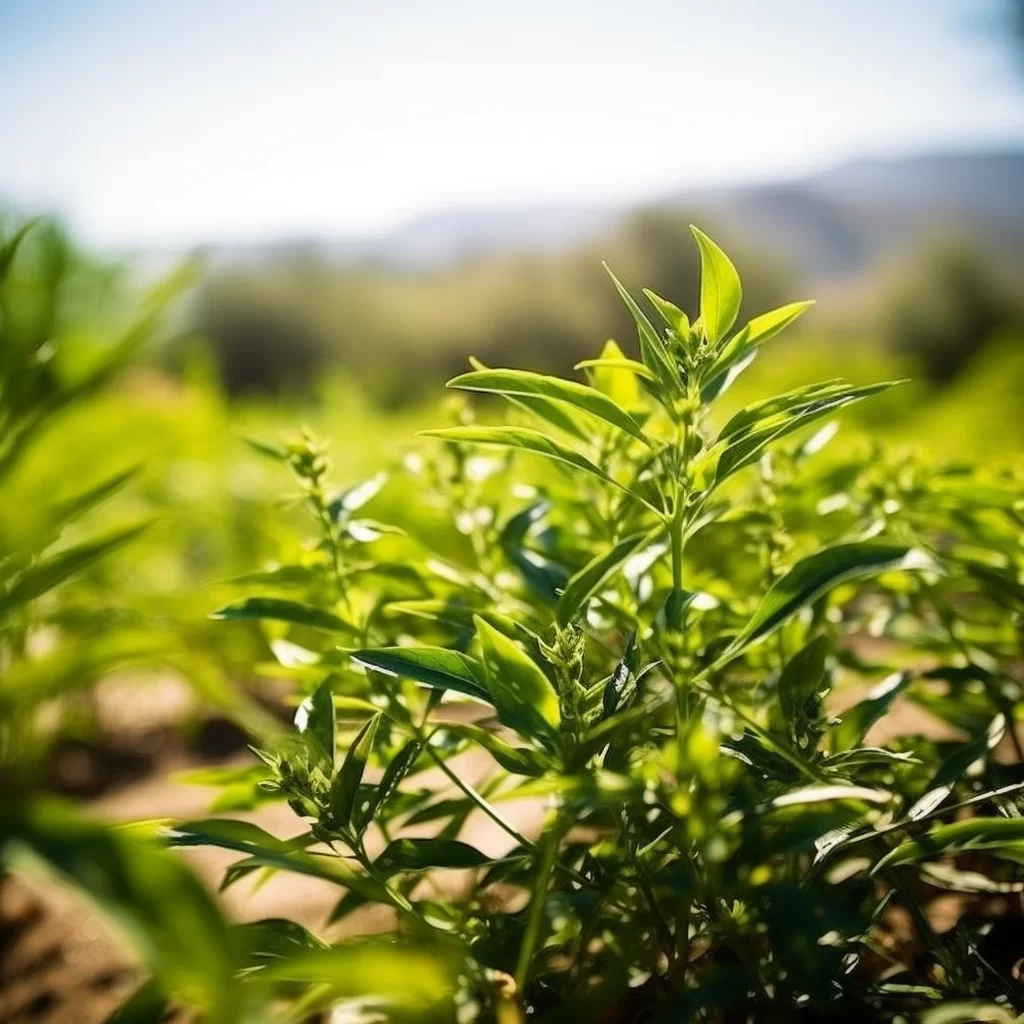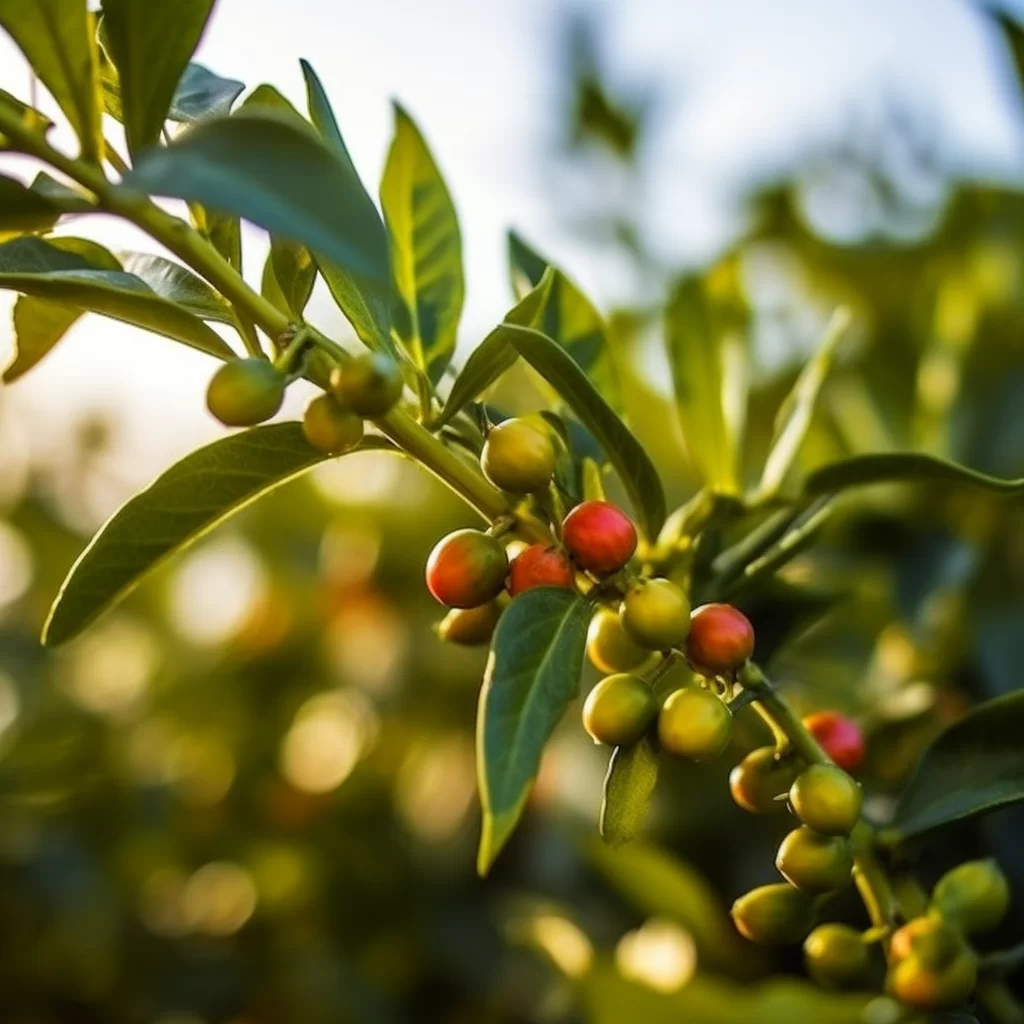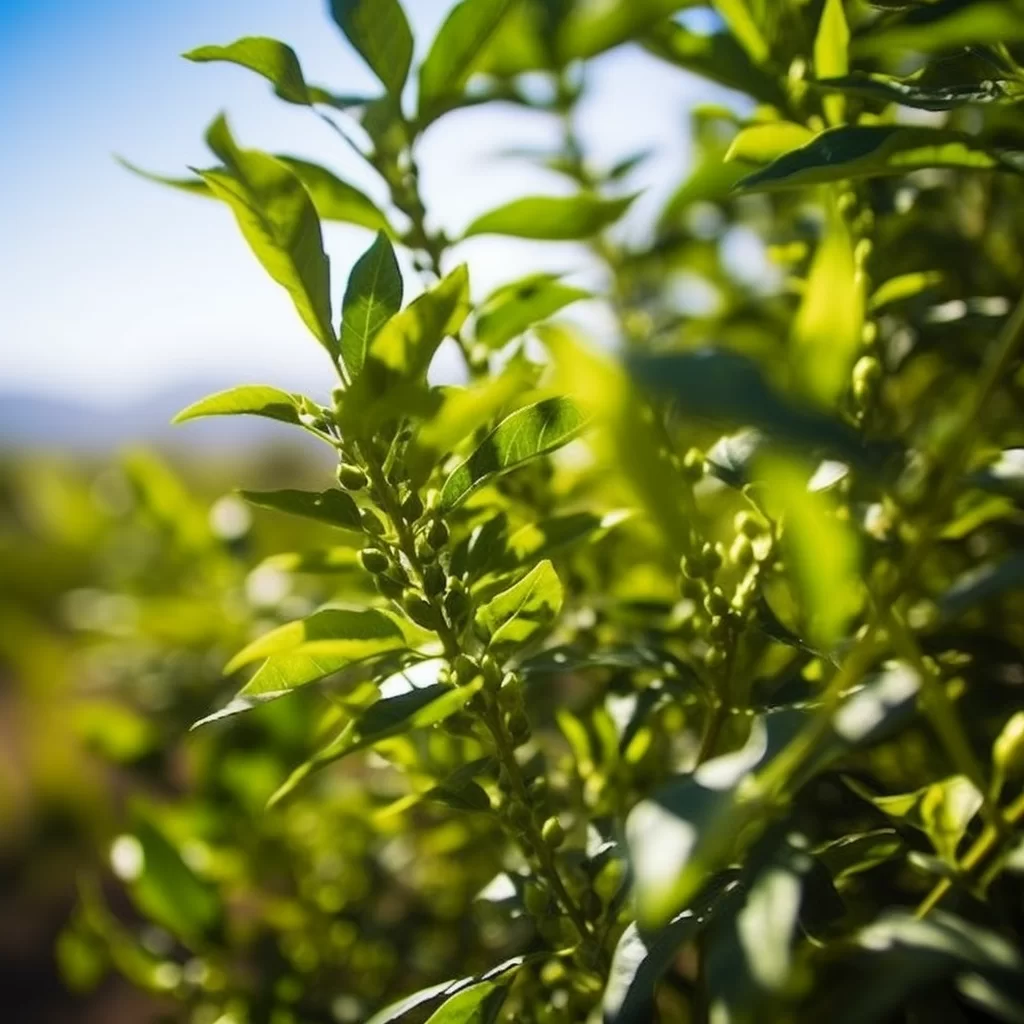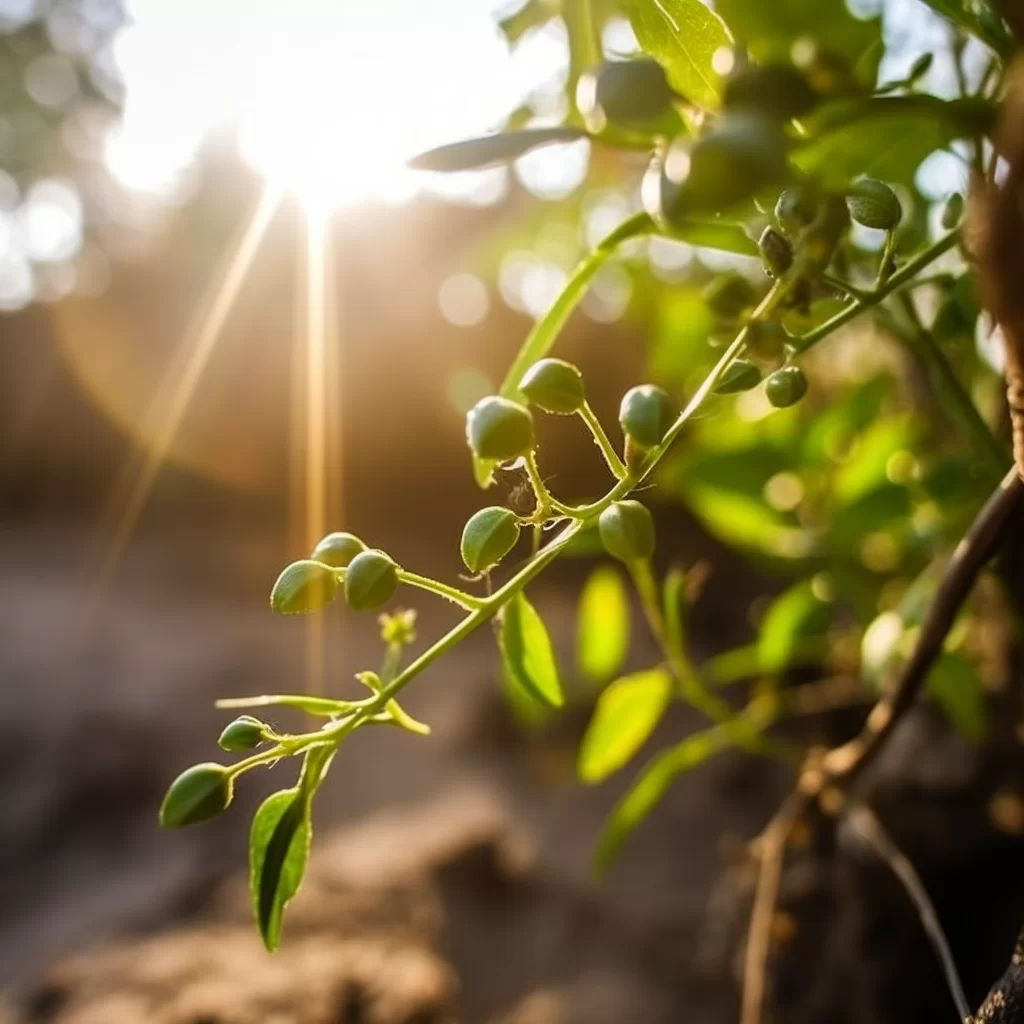Story of Day :
Contents
The California Pepper Plant: A Complete Guide and Care Tips
Gardening enthusiasts who love spicy flavors and unique foliage should consider the California pepper plant, also known as the Peruvian peppertree or Schinus molle.
This evergreen tree can grow up to 40 feet tall with a spread of 30 feet, making it an excellent choice for those with ample outdoor space.
Origins and History
The California pepper plant is native to South America but has been naturalized in many parts of the world, including southern California.
The tree was first introduced to the state in the early 1800s by Spanish settlers who used its berries as a substitute for black pepper.
Since then, it has become a popular ornamental tree due to its attractive foliage and ability to thrive in hot, dry climates.
In fact, some people even believe that planting a California pepper tree can help deter wildfires due to its fire-resistant properties!

Care Tips
Soil Requirements
- The California pepper plant prefers well-draining soil with a pH range between 6.0-8.5.
- Avoid planting in clay or compacted soils that can cause root rot.
- Add organic matter like compost or aged manure before planting to improve soil quality.
Watering Needs
- Newly planted trees require frequent watering until they establish roots (usually within one year).
- Mature trees can tolerate drought conditions but benefit from deep watering every two weeks during hot summer months.
- In coastal areas with high humidity levels, reduce watering frequency as too much moisture can lead to fungal diseases like powdery mildew.
Light Requirements
- The California pepper plant thrives in full sun but can also tolerate partial shade.
- Avoid planting in areas with heavy shade as this can hinder growth and cause leggy, sparse foliage.

Pruning and Maintenance
To maintain a healthy, attractive tree:
- Prune in late winter or early spring before new growth begins.
- Remove any dead or damaged branches to promote new growth.
- Trim back excessively long branches to maintain shape and size.
Culinary Uses

In addition to its ornamental value, the California pepper plant has several culinary uses.
The pinkish-red berries have a spicy, slightly sweet flavor similar to black pepper but with a unique twist.
They are often used as a spice for meat dishes, marinades, and sauces.
Some people even use them as a substitute for pink peppercorns!
The leaves of the tree are also edible and can be used to make tea or seasoning blends.
However, be sure to harvest these sparingly as they contain high levels of volatile oils that can cause skin irritation in some individuals.
Potential Concerns
While the California pepper plant is generally considered low-maintenance and easy-to-grow, there are a few potential concerns gardeners should be aware of:

- The berries of the tree are toxic if ingested by pets or small children so it’s best to keep an eye on curious little ones when planting this tree.
- In some areas where it is not native like Hawaii and Australia it has become an invasive species that crowds out native plants; therefore avoid planting it if you live in these regions
- The tree can produce a lot of litter in the form of small berries that are difficult to clean up, so it’s important to consider this when planting in areas with high foot traffic or near pools.
.
Conclusion
The California pepper plant is an excellent choice for gardeners who want a low-maintenance, drought-tolerant tree with unique foliage and spicy berries.
When cared for properly, it can provide years of enjoyment both as an ornamental specimen and as a culinary ingredient.
Just be sure to keep potential concerns like toxicity and invasiveness in mind when planting!